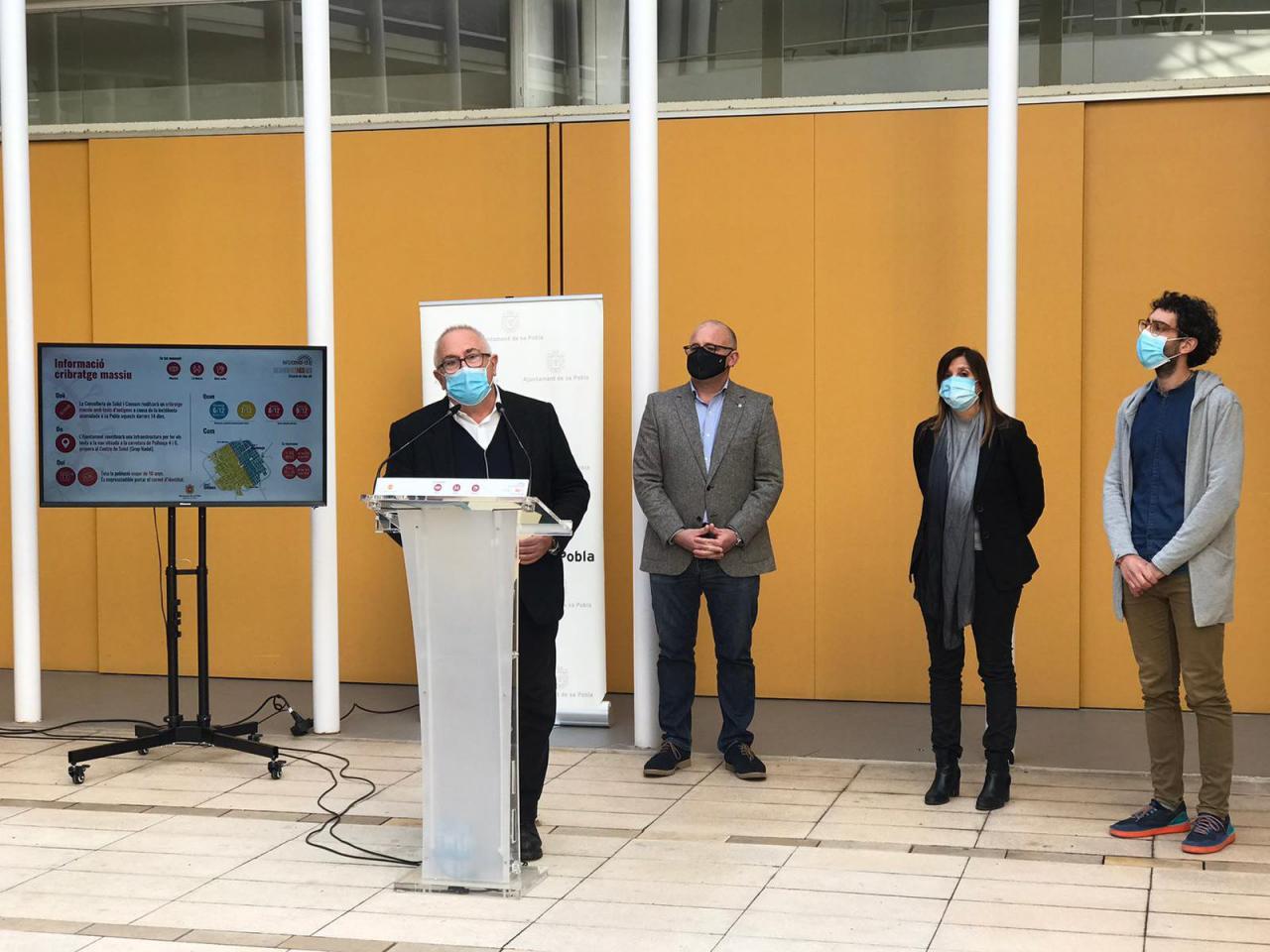Sa Pobla isn’t an administrative and commercial hub like Manacor is. There is less need or reason to go in or out of Sa Pobla. Nevertheless, because of the way in which the number of cases rocketed, was there not a justification in a precautionary sense?
Mobility, lockdowns and tardiness
In one respect this closure is of no consequence
Also in News
- Spain wants Britons to show they have 113.40 euros, £97, per day for their holidays
- Big changes on the horizon when Britons travel to Mallorca
- Over two hours for Britons to get through Palma airport queues
- Palma Airport passport control "collapse" put down to unscheduled flights
- Living in a motorhome in Palma: "It'll only get worse"


No comments
To be able to write a comment, you have to be registered and logged in
Currently there are no comments.